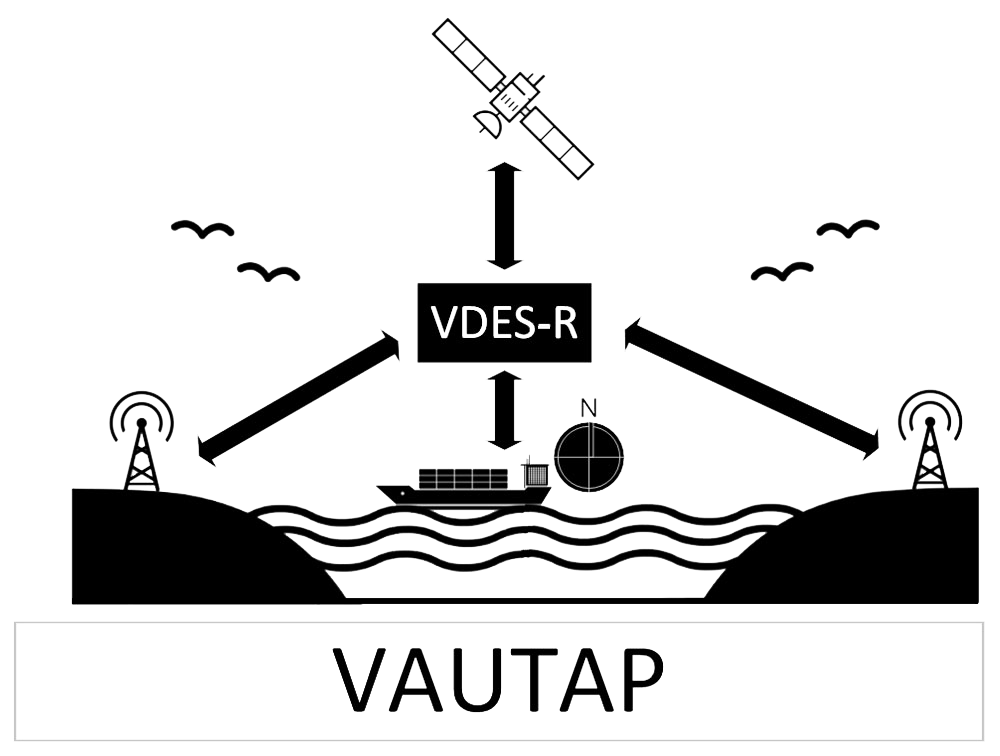Telespazio UK is the prime contractor for the “VDES-R Advanced User Technologies for Alternative PNT” (VAUTAP) ESA-funded project, working with a strong, expert sub-contractor, Kongsberg Seatex (Norway).
Global Navigation Satellite Systems (GNSS) have become the primary marine aid-to-navigation and source of Position, Navigation and Timing (PNT) information. Yet, all GNSS are vulnerable to natural interference, deliberate and accidental jamming and spoofing. Trials have demonstrated that degraded GNSS produce hazardously misleading information and erroneous vessel positions without alarms being raised. As ships’ systems become increasingly digital, with the introduction of a wide range of supporting services and the emergence of autonomous vessels, PNT accuracy, integrity, continuity and availability become increasingly critical.
A System-of-Systems approach to PNT resilience is now widely accepted; such an approach requires that systems other than GNSS be utilised to provide resiliency. One such system is the Very High Frequency Data Exchange System (VDES) – a new maritime radio communication system being developed by the international maritime community (with open standards), on a frequency band recently allocated by the International Telecommunication Union (ITU).

Concurrently, there is an open investigation on the potential use of these VDES communication signals, transmitted from shore-based stations, for positioning – a concept commonly referred to as ‘ranging mode’, or R-Mode.
VDES R-Mode is still at a relatively low Technology Readiness Level (TRL) and much of the standardisation required for such System-of-Systems components are not yet in place, giving developers the opportunity to propose and develop better waveforms, techniques, components and concepts to provide truly resilient PNT.
The VAUTAP project will utilise the strong alliance and experience of our consortium to investigate, consolidate and develop new algorithms, waveforms, software, and hardware, to evolve VDES R-Mode closer to an operational and viable component of a resilient PNT System-of-Systems.

